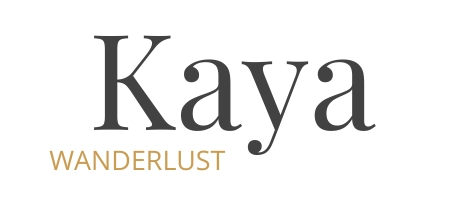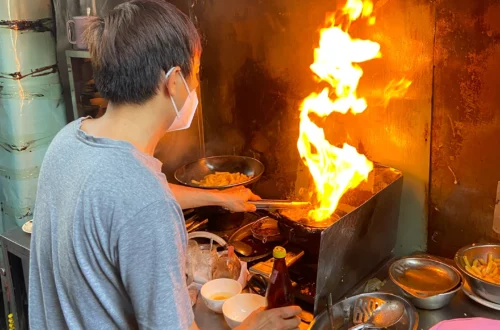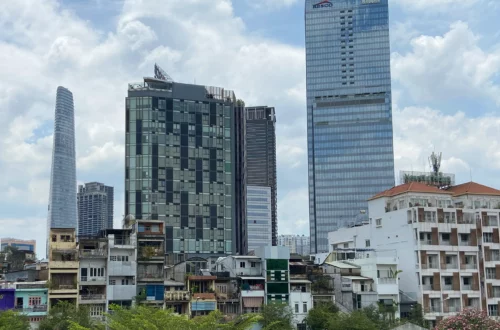
Cu Chi Tunnels – Tunnel systems of the Viet Cong
You can find an extensive system of tunnels all over the country. At several locations those tunnels have been preserved to a degree that locals and tourists can visit them. The Cu Chi Tunnels, originally built during the French occupation and later enlarged and used more extensively during the Vietnam war can be visited at two locations Ben Dinh and Ben Duoc.
The two locations are very different from each other: Ben Dinh is the more touristy one, while the area around Ben Duoc is much larger and more extensive. I recommend visiting the tunnels with a local guide, to get background knowledge and historical facts about the tunnels and their importance in the Vietnam war.
Depending on who you listen to it’s usually very US centric or very Northern Vietnam centric. Come here yourself. Look at the maps, the tunnels, the accounts of war and the death count (and reasons for it) from both sides. Some facts remain facts. Then form your own opinion.
History of the Cu Chi Tunnels
The first tunnel in the region of Cu Chi was dug by south Vietnamese locals during the French occupation. During the Indochina war it was used as a hiding spot, for people and resources and to communicate between the villages and dwellings. The first tunnel (that we know about today) was about 20km in total and while it was not a circle, both ends were connected.
Later the same tunnels were used by Viet Cong soldiers from the north and sympathising locals from the south during the Vietnam war. The tunnels were expanded during the rainy seasons when the earth was soft and easily malleable. Once the dry season started the ground became rock hard and gave the tunnels stability.
About 250km of tunnels were dug in the area of Cu Chi. 121 km have been preserved until today.
During the Vietnam war the network of tunnels were used by the communist guerilla soldiers as living quarters, communication ways, storage, transport lines and shelters. Some tunnels had areas for medical treatment, kitchens, weapon workshops, tailor areas and more.
Most tunnels had three levels, which were connected by small passages (some only 80cm in diameter) in a seemingly random order. At Cu Chi the tunnels connected to the Saigon river (which has its spring in Cambodia and flows over 200km towards Saigon) at one end, to provide an emergency exit in case of bombings, gas attacks or flooding. The levels were constructed like this:
1st Level – 3m underground
- Capable of withstanding chemical warfare, bullets and tanks
- the kitchen, medical area and a meeting area were located here
2nd Level – 6m underground
- Capable of withstanding bombs
- rooms for troops to sleep and eat were located here, together with a triangle shaped small room with an enforced roof to survive heavy bombings
3rd Level – 9m to 12m underground
- storage for food, water and weapons were located here
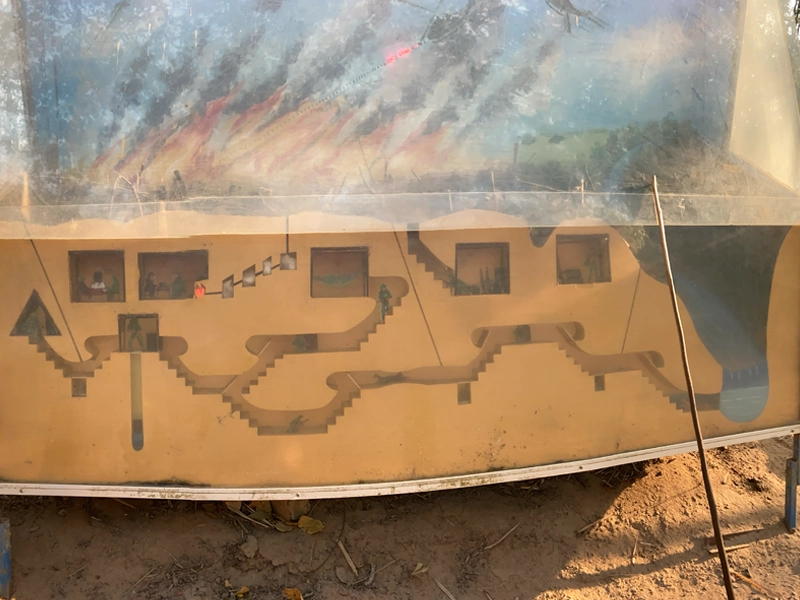
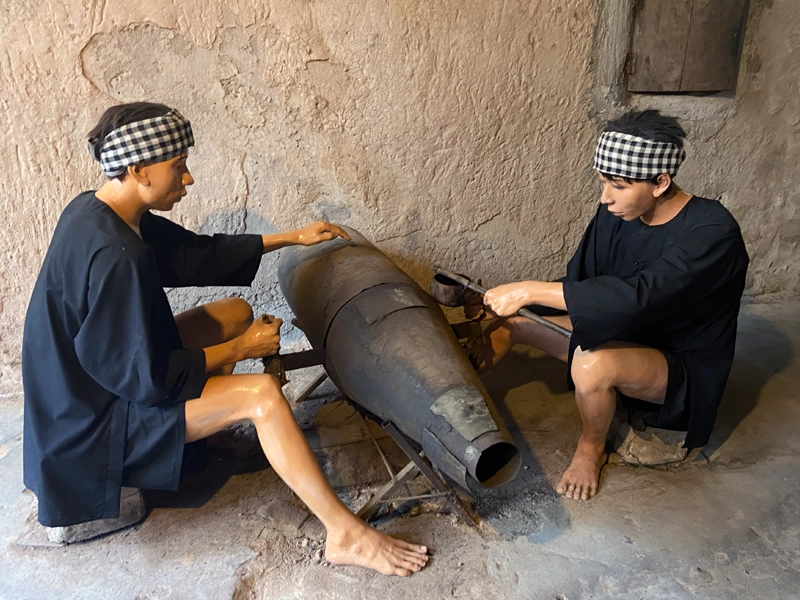
From these tunnels the Viet Cong started surprise attacks against the US and south Vietnamese soldiers, disappearing back underground through trap doors and hidden entrances before they were caught or a counter attack could be mounted. During the decades of war the intel about the tunnels became more and more extensive, but until the end of the war no ideal way to deal with them had been found.
Many traps were placed around the area and inside the tunnels themselves, which gave the soldiers being send into the area and into the tunnels a hard time to survive and report back.
On top of everything mentioned above the Cu Chi Tunnels were used as military headquarters, they were extensive, reaching from the Cambodian border in the west, to the end of the Ho Chi Minh trail in the north and towards the south towards Saigon, ending only 70km away from the city. They were also isolated from other tunnel systems and presented a stronghold for the Viet Cong and the northern army.
The Tết Offensive in 1968 was largely planned and launched from here, which, while not bringing about the intended effect of mass defections, it changed public opinion on the war. Especially in the US, as it showed that the north was more capable than they had been lead to believe and that a “quick win” was out of the question.
Visiting the Cu Chi Tunnels
As mentioned above you can visit two sites of the Cu Chi Tunnels close to Saigon. Both sites have displays of the different traps and camouflage which had been used to hide the tunnels, as well as tanks and shells of the bombs found within the area.
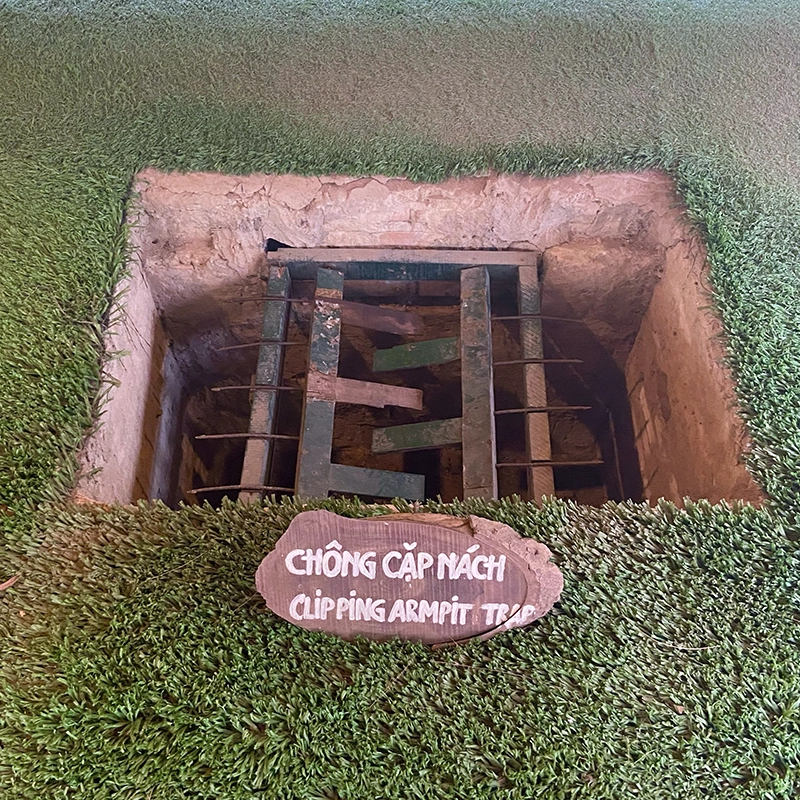
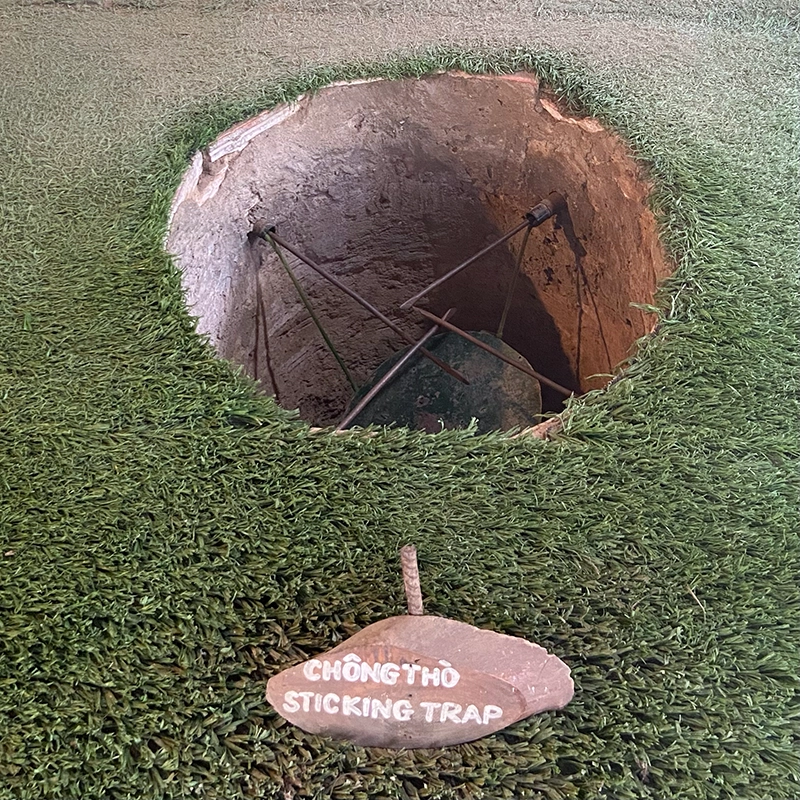


Ben Duoc contains part of the original tunnel system, extends over several hectare and is less “polished”.
At Ben Dinh some tunnels have been reconstructed and made about three times larger than they had been so it is safe to go through them. They have also been equipped with air filtration and lights.
Ben Dinh starts with a small “education zone” where movies, 3D replicas, figures and employees showcase the war effort of the Viet Cong, from the architecture of the tunnels, to cooking and living without daylight, their uniforms and what they ate.
Sometimes you can try fresh tapioca, the staple food during the war. The root it comes from is rich in carbs and it grows without much effort in rough conditions, but it had to be at least boiled, since it contains high amounts of cyanide (which is poisonous) in it’s raw state. At Ben Dinh the boiled root is served with a mix of salted peanuts and sugar to make it more palatable. To be honest it doesn’t taste like much when you eat it plain. Its similar to sweet potato with the texture of a pumpkin.
At Ben Dinh there also is a shooting range and a gift shop / cafe where you can buy ice cream, beer and pro war memorabilia, a swimming pool and restaurant, which is the tourist attraction part.
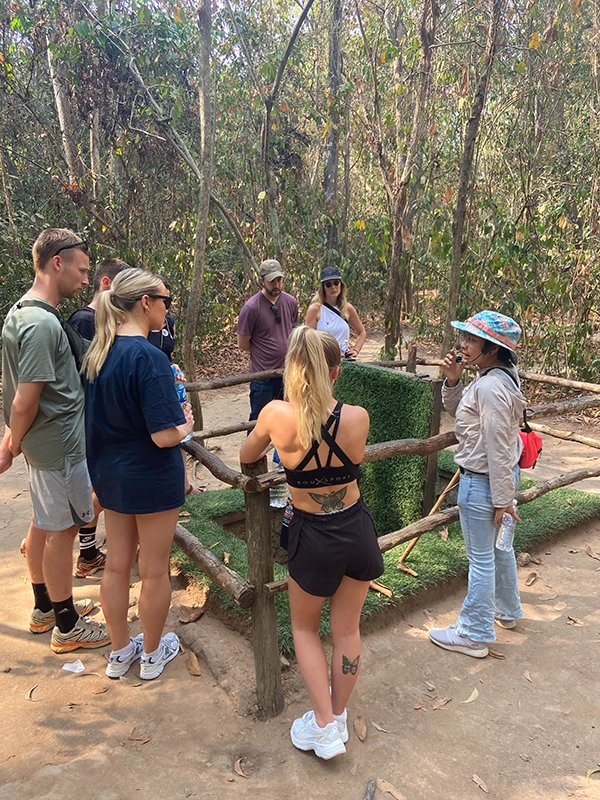
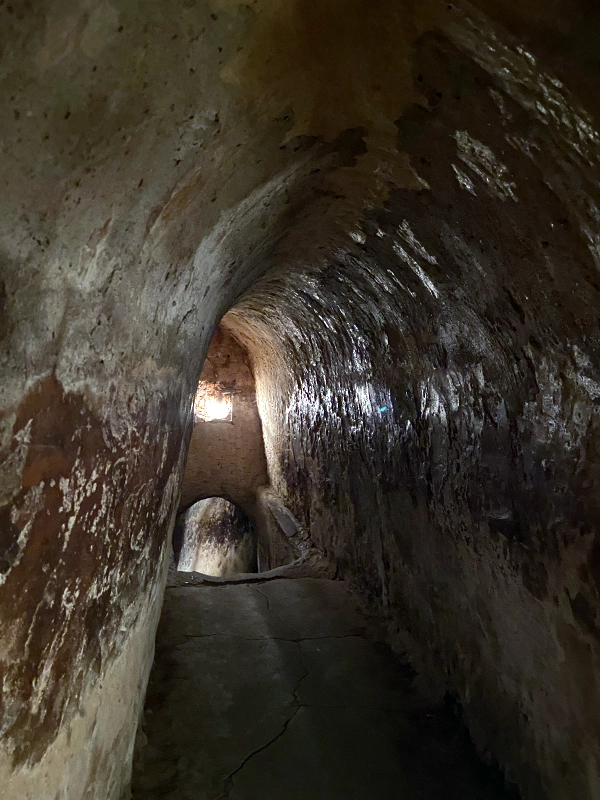
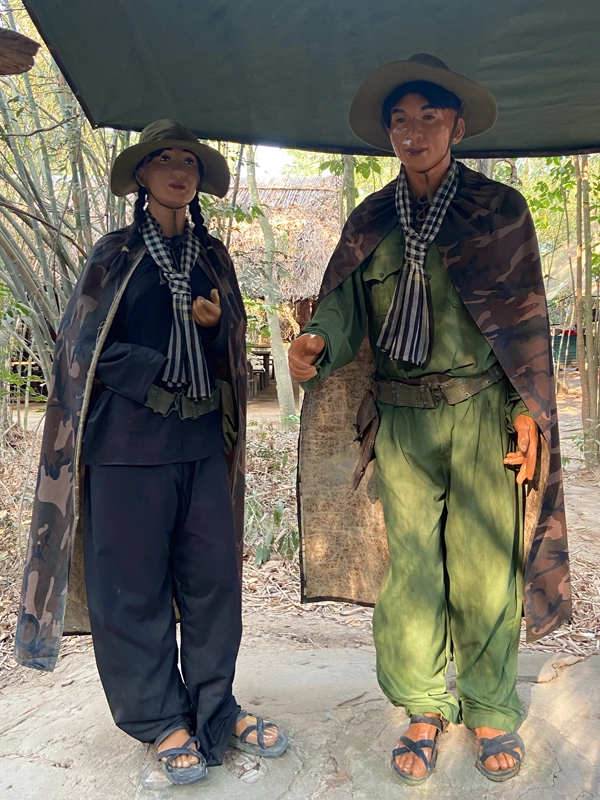
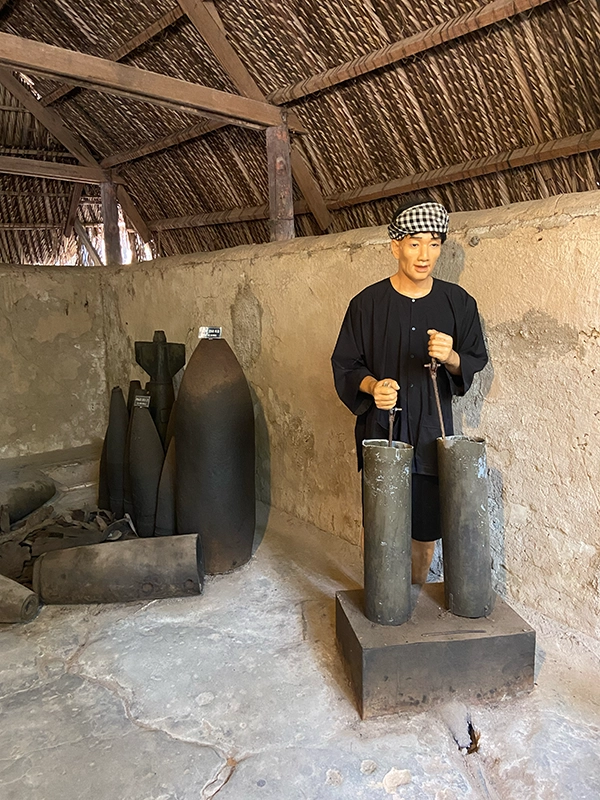
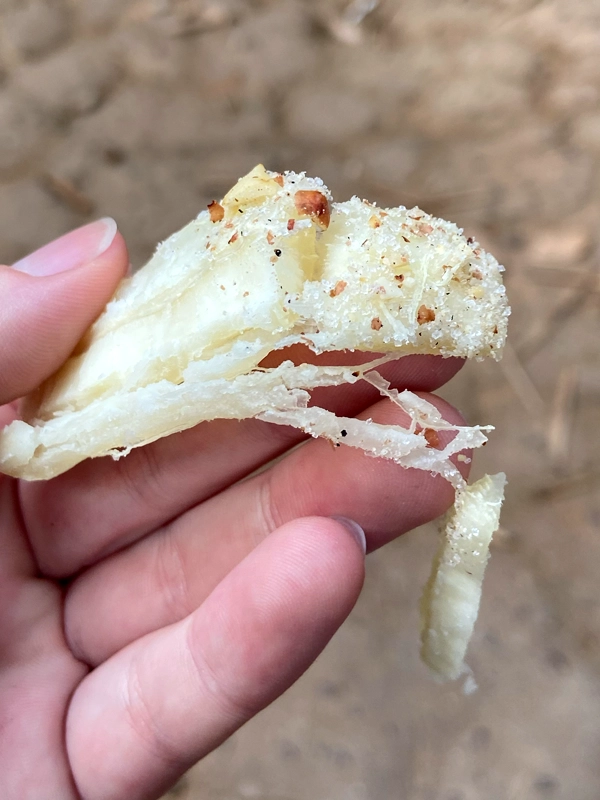
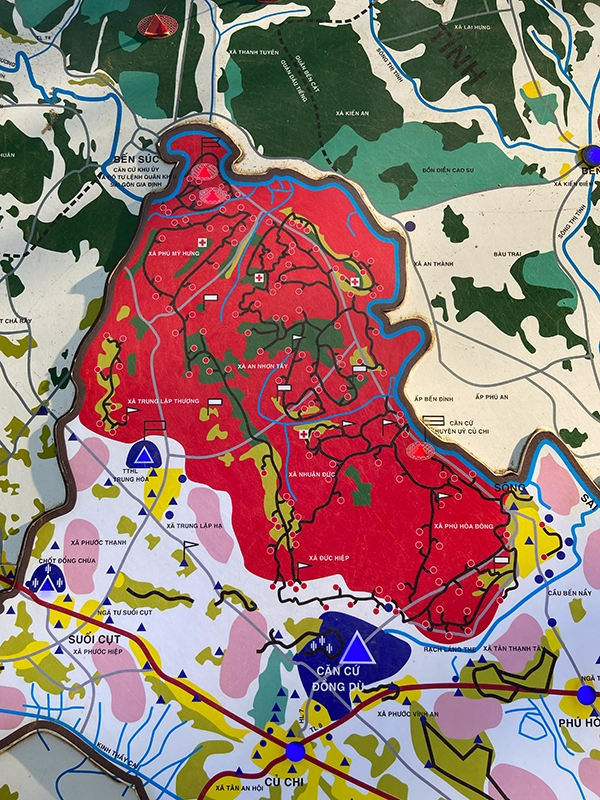
My thoughts on the Tunnels as a ” tourist attraction”
Visiting this place can feel either very disconnected to the realities of war, or very emotional, depending on what you have experienced yourself.
It makes me think how long after each war being faught right now it will take, before the scenes of those wars will be used for education. Or for some even for entertainment (looking at the shooting range, souvenir shop and swimming pool on site…).
Nowadays we have statements from soldiers on both sides of their respective realities of the 20 year long war, as well as more detailed insight into the political motivations from both sides behind the war. Looking back, without being fed propaganda every day from various media outlets, it always easier to judge a situation, from either side.
I recommend going with a tour guide to get the background knowledge and historical facts about the tunnels and form your own opinion.


